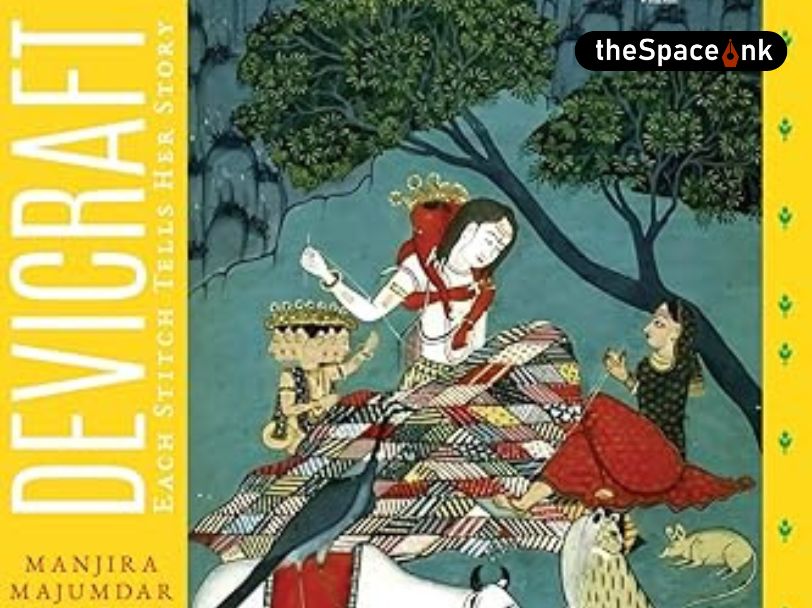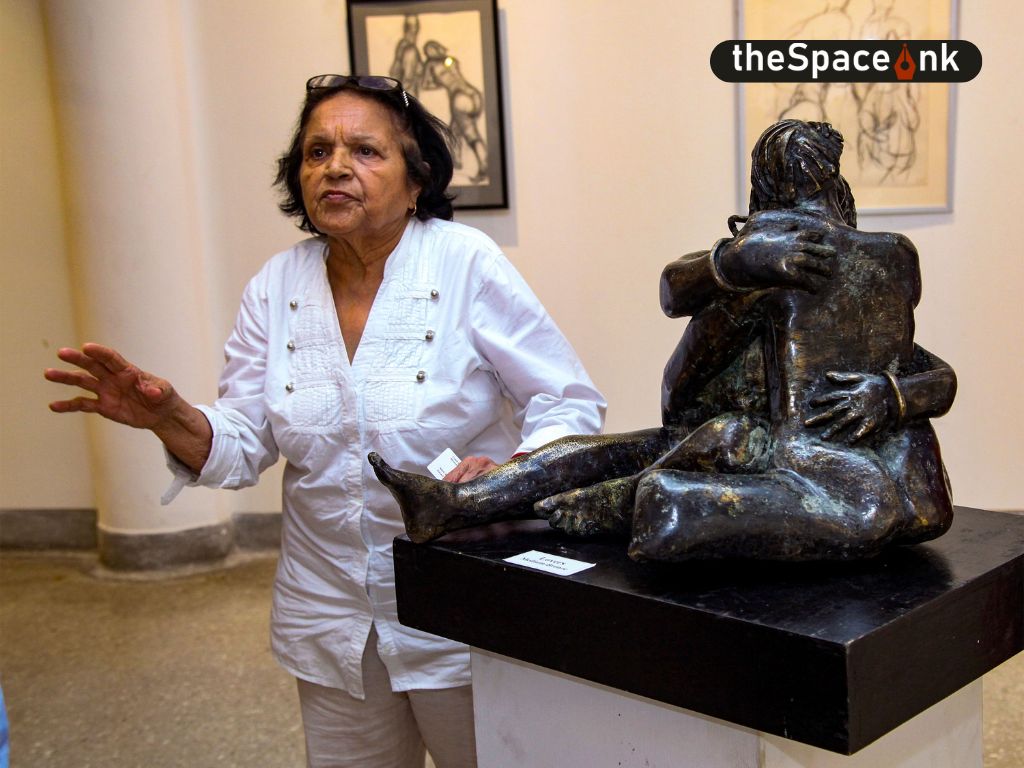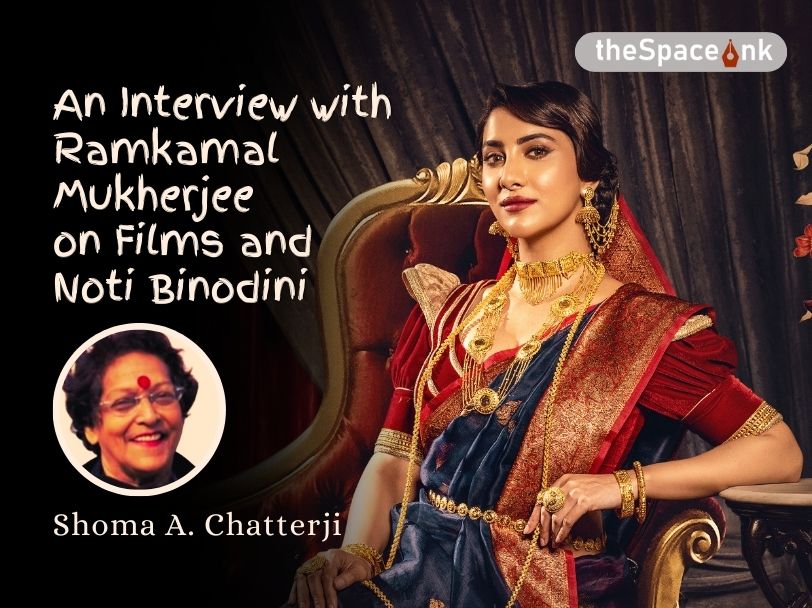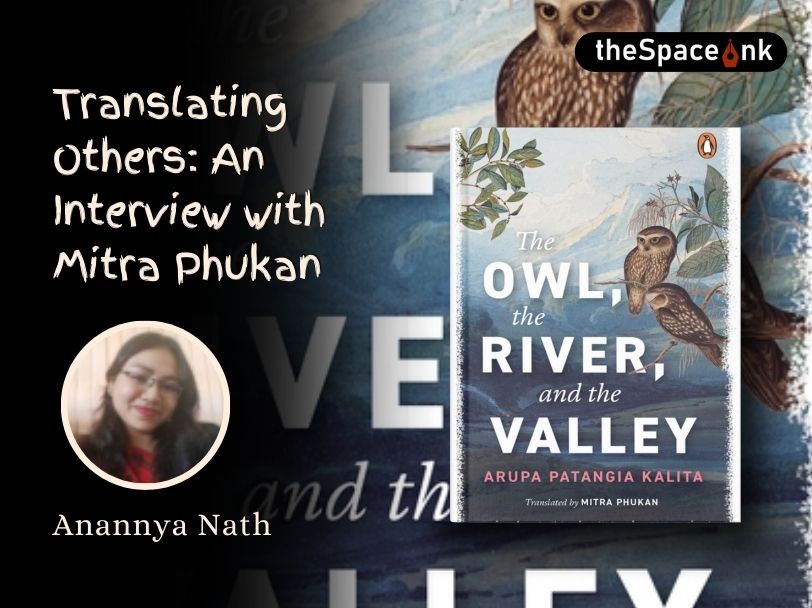It is not very easy to nail down Aparna Sen for an interview. She is mostly busy directing, editing and is involved in post-production from a wheel-chair having hurt her spine from a bad fall followed by three slipped discs. She has been directing for four decades and each film of her touches upon completely different issues, characters and perspectives. But this very powerful, outspoken and fearless woman can’t remain bogged down by health issues for too long. After The Rapist bagged the prestigious Kim Jiseok Award at the Busan International Film Festival, she has been extremely busy speaking to the press. Shoma A. Chatterji discusses rape, secularism, death penalty and more with the veteran filmmaker.
Shoma Chaterji: You have dealt with the issue of rape in 15 Park Avenue before this which completely changed the course of the victim’s life and devastated her family. How would you relate this film which is already called ‘The Rapist’ pitted against the earlier film?
Aparna Sen: 15 Park Avenue was not really an exploration of why a man commits such a dastardly crime as rape. In that film Meethi (Konkona) is already a schizophrenic and, as Dr. Barua (Dhritiman Chaterji) explains to Meethi’s sister Anu (Shabana Azmi), the rape incident works as a trigger to bring her latent condition out in a way that makes her non-functional for regular everyday life.
Neither was the question of the penalty for rape ever addressed in the earlier film, whereas in The Rapist that question is bound come into the audience’s mind: is death penalty the only answer? It is particularly ironic because both Naina and Aftab are anti-capital punishment activists. Then, after Naina is raped, the issue is suddenly too uncomfortably close to home!
Also, the rapists in 15 Park Avenue act more as catalysts who change the course of Meethi’s life. We are not bothered with them after the incident. In The Rapist, we are much more concerned with the perpetrator himself (which is why the name, The Rapist): what made him into a rapist? Was it his environment or was it genetic? What part does society/patriarchy play in the making of a rapist, etc.
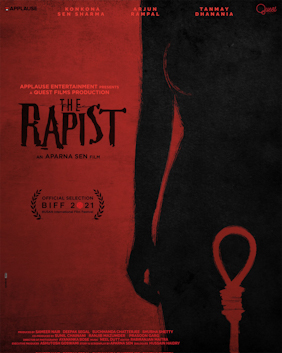
Shoma Chatterji: Naina is married to a Muslim. Is this to focus on the singularly secular mindset of the couple? Or, did it just happen? Is it to invest in the film with a broader base?
Aparna Sen: Well, yes. It would indicate their genuinely liberal mindset without wasting precious footage and (god forbid!) dialogue to explain it to the audience. Also, the fact that neither wants the other to convert is apparent through that one sentence of Aftab’s to the OC after the rape: “Meri biwi Hindu hain; koi problem hai aapko?” That one sentence tells us that they are both liberal and secular in their beliefs.
Shoma Chatterji: You have always been very vocal about your stand against the Death Sentence though you have also said that you are often tempted to veer off to the other side. What stand have you taken in this film? Or, are you ambivalent on this issue now? Please explain.
Aparna Sen: Intellectually, I am against the death sentence. So many countries have abolished it, and not without reason! Extensive research has proved that the death penalty does not act as a deterrent to crime. But in our country, most people seem to be baying for blood all the time! Remember the case in Hyderabad where four suspected rapists were killed in a police encounter without any trial, merely on the basis of suspicion? People, mainly women, were euphoric! They were showering the police with flowers and garlanding them! The death penalty seems like an act of vengeance. You kill someone; therefore, the state kills you! Whereas, a penalty is supposed to be a correctional device, surely?
And yet, emotionally, there have been times when I have wanted the death penalty for certain perpetrators – such as when Asifa, the little Banjara girl in Kashmir was raped by these men who went around bragging about the deed afterwards, or the Nirbhaya case that was so horribly brutal or the recent case of the Dalit woman in Hathras. These are times when I’ve felt that such men don’t deserve to live! So yes, there is an ambivalence. And maybe it was my own ambivalence that I wanted to explore through my characters who are also torn between their hearts and their heads. Nowhere in the film do I take sides or try to offer any solutions. Because I don’t know what those solutions are! I have just raised some questions that have been bothering me. If my film acts as a catalyst to start conversations or debates around these issues, I will be more than happy.
Intellectually, I am against the death sentence. So many countries have abolished it, and not without reason! Extensive research has proved that the death penalty does not act as a deterrent to crime. But in our country, most people seem to be baying for blood all the time! Remember the case in Hyderabad where four suspected rapists were killed in a police encounter without any trial, merely on the basis of suspicion? People, mainly women, were euphoric!
Aparna Sen
Shoma Chatterji: You read ‘Why Men Rape’ by Tara Kaushal published last year. The book is very investigative as it has interviews of men who have raped and even men rapists condemned in prison. Has this book influenced you in any way?
Aparna Sen: No, I hadn’t read the book back then. I bought it later. Actually, two of my female friends helped me a lot. One was Anuradha Kapoor who runs an organization called Swayam that helps abused women. I, too, am a member of Swayam. Anu and I sat together and I got details of what happens after a rape is reported. Then, there was another friend, Shamita Dasgupta, who lives in New Jersey and runs an organization called Manavi that deals with abused women from South Asia. She gave me some very interesting insights. For instance, she told me about this fairly recent approach to crime called Restorative Justice. RJ activists believe that it is beneficial to society if the victim and the perpetrator meet and talk to each other. The victim tries to understand why the perpetrator did what he/she did, and what kind of devastation his/her action has caused. On the other hand, the victim tries to understand what made the perpetrator act in such a way and maybe is ultimately able to forgive him/her. Not that I have talked about Restorative Justice in my film at any point, but this knowledge was valuable when I was writing certain scenes. Then there is another woman that I admire very deeply – Alakananda Roy who visits Presidency jail in Kolkata regularly. All the inmates there call her ‘Ma’. She is an excellent dancer and she has reformed the inmates through song and dance. What she has done can be used as a template for correctional devices for criminals throughout the world.
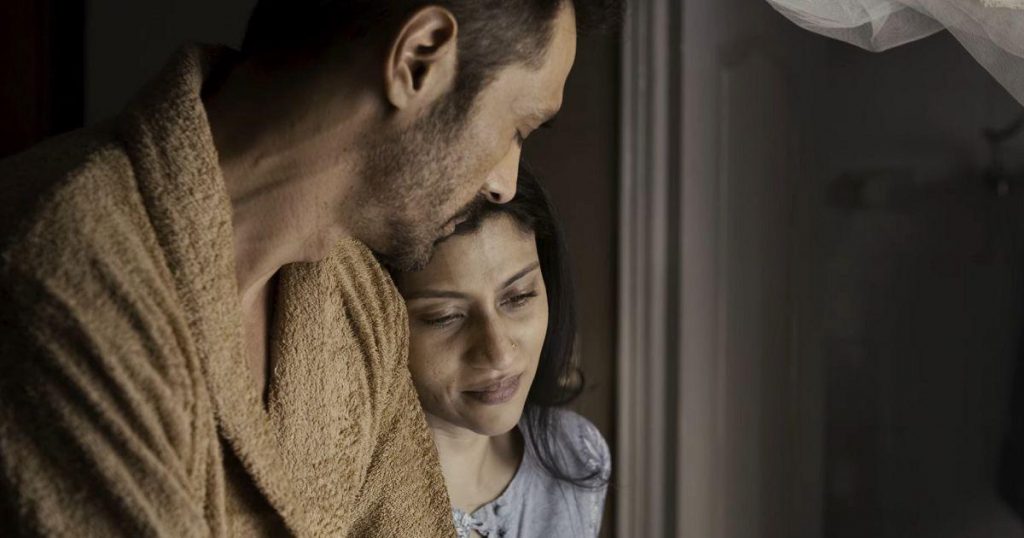
Shoma Chatterji: There is another paper with the same title authored by Randy Thornhill and Craig T. Palmer. Did this book form a part of your research into the film as well? Or, did you follow your own mental triggers and motivations?
Aparna Sen: No, I’m afraid I’ve not read that book. But you’re right when you talk about my own mental triggers. And this has happened before. When I am deeply involved with a story and its characters, some sort of mental trigger that I can’t even explain very well, kicks in as I write. And most of the time I find that my gut feelings have been more or less accurate. Of course, I did consult a lawyer and doctors before I wrote certain scenes because I didn’t want there to be any glaring mistakes, but mostly I relied on my own instincts and observations.
Shoma Chatterji: Your film suggests a bias exists against rapists who are weak, or poor, or belong to lower castes. Is this right? Have you looked at it as a power issue like in the Hathras rape case? Or is it your ambivalence on this issue?
Aparna Sen: It is always a power issue, that much we all know. It is not only a rotten or deprived childhood that turns a man into a rapist. It is often because he thinks he can get away with it. Then there is the alpha male who feels a woman should be taught a lesson for staying out late or wearing ‘revealing’ clothes. There are age-old value systems that expect a woman to behave and dress in a certain way; if she doesn’t, she’s asking for it. Then there are men who resent modern, educated and successful women. They feel inferior, and this inferiority makes them want to assert their power over such women. It is a very complex issue and this debate is there in the film, though not in an obvious or underlined way. But you will find it if you can sift through the layers.
Shoma Chatterji: You have used the Hindi translation of a rare Tagore song – gobhiro rajani, naamilo hridoye in the film. It is a beautiful song rarely sung or heard. Is it a Brohmo Songeet? What made you choose this song? Who translated it and who sang it?
Aparna Sen: No, I had heard it on YouTube sung by Rano Guhathakurta and been totally mesmerised! It is based on the Shree raga I think with all these beautiful minor notes. I don’t think it’s a Bromhosangeet as I’ve never heard it sung at any Brahmo religious ceremony. But then, being an agnostic bordering on atheism, I have not been to many such ceremonies. I just felt that the song would be perfect for a particular scene. Nowhere else in the film is there any music at all. So this becomes that much more effective, particularly with my music director Neel Dutt’s brilliant use of cello (my favourite instrument) and pakhawaj. It was transcreated by Srijato, also a brilliant job, as the song was very difficult to translate into Hindi while retaining the gravitas of the original Rabindrasangeet.
Shoma Chatterji: Your casting is excellent to say the least. You have two national award winners in Konkona and Arjun and the third is yourself. What made you cast Arjun and the new boy? The young man is making his debut I presume?
Aparna Sen: I really thought Konkona and Arjun were tailor-made for the roles of Naina and Aftab. I trust Konkona implicitly, and as I have said before, I feel she is any director’s dream actor. She has an unerring sense of where to draw the line and never ever goes over the top. Also, she makes a scene come alive, delivering her dialogue as if she’s just thought of the lines and not learnt them beforehand. Konkona will chide me for praising her, I know – but I say all this as a director, not as a doting mother! As for Arjun, I cast him to start with because there is a certain nobility about his appearance, which was important for the role. Also, I’d noticed that he tends to underact and that was exactly what I wanted for Aftab. Still, I was not entirely sure that he’d be able to hold his own. So, I was very pleasantly surprised when I found an extremely sensitive and finely tuned actor behind that gorgeous exterior. He was a revelation. Really!
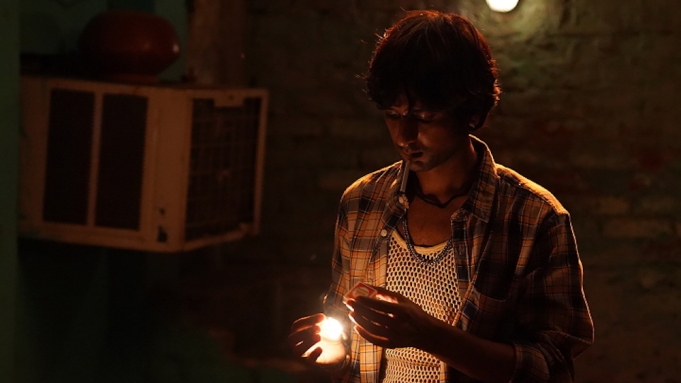
I discovered Tanmay Dhanania in a very fine film about drug addicts called ‘Catsticks‘. Tanmay has trained at RADA and really immerses himself in any role he plays. I wanted him to look emaciated in the film as a sort of contrast to the machismo that is expected of a rapist, and I think he lost something like 10 kgs for the film. I’ve rarely come across an actor as disciplined as Tanmay. I hardly directed Konkona or Arjun or Tanmay at all, as all three seemed to know what to do and were moving in the right direction.
But I must also talk about some of the other actors like Gitanjali Rao (the rapist’s mother) or Alok Pandey (the head goon in the slum) or Chetan Sharma (Latif who was with Prasad on the night of the rape). They were all brilliant! When Alok Pandey is in a scene, it’s difficult to look at anybody else, he has so much screen presence! I didn’t have to direct any of them. They were perfect as they were! And here I must thank Honey Trehan who listened to the whole script and put me in touch with his assistant Taran Bajaj who was a marvel! He cast all the minor characters with the sole exception of Gitanjali whom I knew I wanted even while I was writing the script. I am so grateful to her for agreeing at once even though she is a busy director of animation films herself.
Shoma Chatterji: Is it difficult to separate the mother from the director in you when you are directing your daughter? She is perhaps one of the most versatile and talented actresses in Indian cinema today. How do you direct her? Is it the same way that you direct others? Please explain.
Aparna Sen: This is a very difficult question. There are so many overlapping roles that a director has to play! According to Konkona, a director is very like a mother inasmuch as she nurtures, counsels, scolds, guides and gives of her affection to the entire cast and crew. So, it’s not only Konkona that I’m being a mother to, but to the entire unit.
Shoma A. Chatterji is a freelance journalist, film scholar and author based in Kolkata. She has won the National Award twice, in 1991 and 2000. She has authored 26 published titles of which 14 are on different areas of Indian cinema. She holds two Masters Degrees and a Ph.D. in History (Indian Cinema). She has also won a few Lifetime Achievement Awards from different organizations over time.





